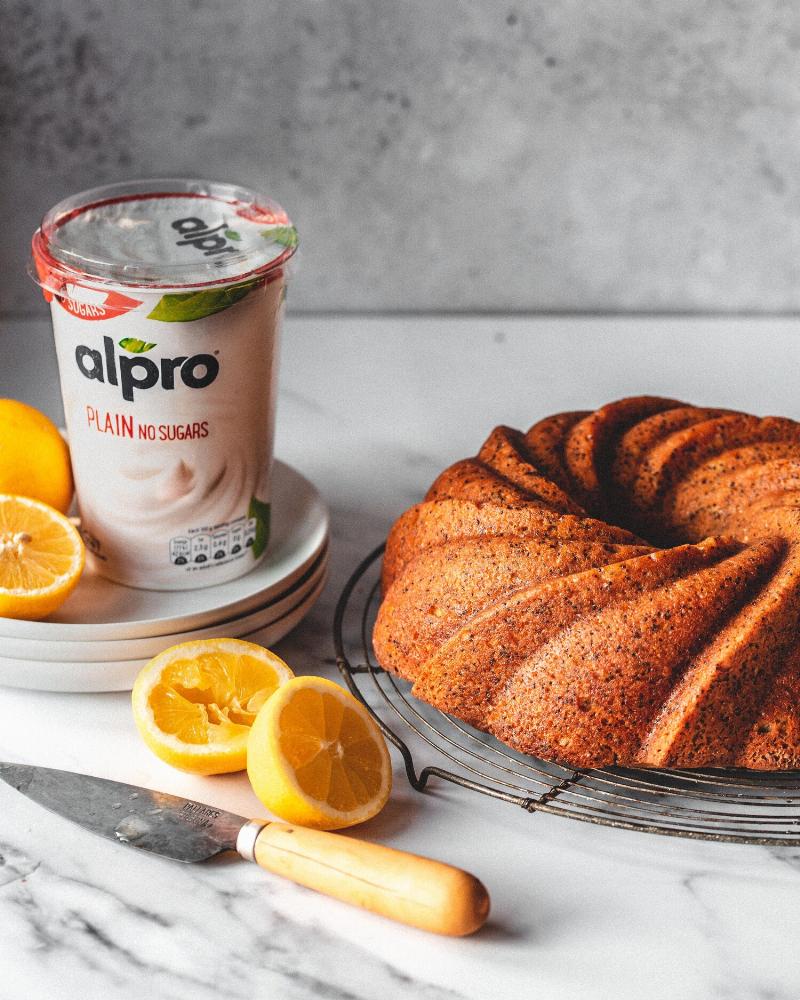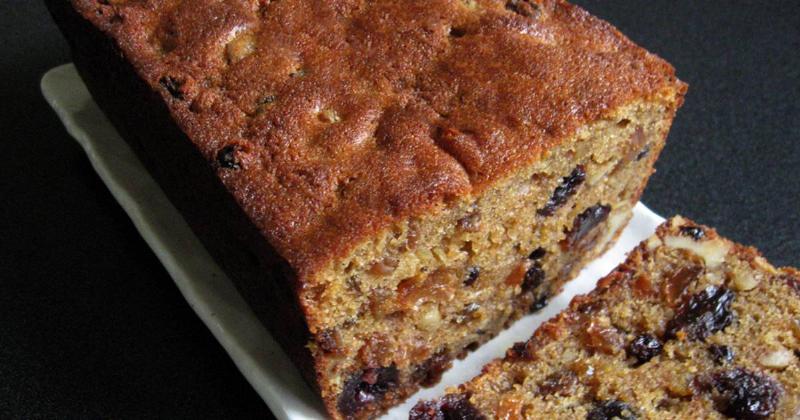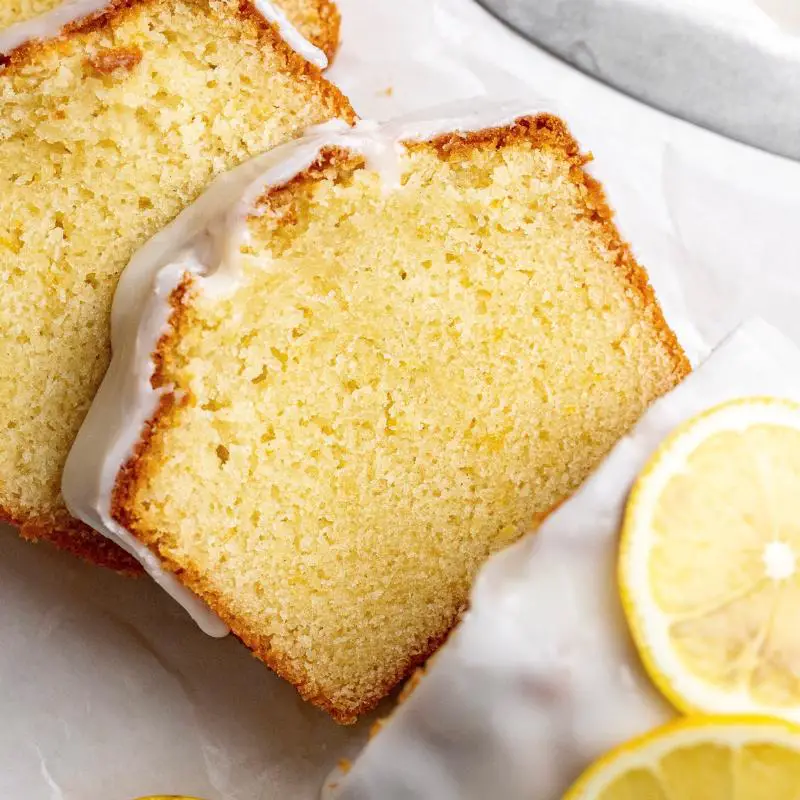A perfectly moist and tender pound cake is a baker’s dream. But what happens when your dream turns into a dry, crumbly reality? Many bakers have faced the disappointment of a dry pound cake, and you’re not alone. This article dives deep into the reasons why your pound cake might be turning out too dry and, more importantly, how to fix it. Let’s get started!
Table Of Contents
- Overbaking: The Most Common Culprit
- Ingredient Ratios: The Foundation of a Moist Pound Cake
- The Importance of Flour Type
- Overmixing: A Common Mistake
- ## Ingredient Temperature: A Subtle but Significant Factor
- Why is my pound cake dry and crumbly?
- How do I make sure my pound cake is moist?
- What if I only have all-purpose flour?
- Troubleshooting Dry Pound Cake
A dry pound cake is often a result of a few common baking missteps. Overbaking is a primary culprit, as it draws out too much moisture. Incorrect ingredient measurements can also throw off the delicate balance of a pound cake batter. Using the wrong type of flour or overmixing the batter can also lead to a dry outcome. Even the temperature of your ingredients can play a role! But don’t worry, understanding these pitfalls is the first step to baking a pound cake that’s moist, delicious, and worthy of all the accolades.
Overbaking: The Most Common Culprit
Perhaps the most frequent reason for a dry pound cake is simply overbaking. Leaving your cake in the oven for too long evaporates vital moisture, leaving it dry and crumbly. Think of it like leaving a damp towel in the sun for too long – it eventually becomes stiff and brittle. The same principle applies to your pound cake.
How do you know when your pound cake is perfectly baked? Don’t rely solely on the baking time stated in the recipe. Ovens can vary in temperature accuracy, and even the pan you use can impact baking time. Instead, insert a wooden skewer or toothpick into the center of the cake. If it comes out clean or with just a few moist crumbs attached, your cake is done. If the skewer is wet with batter, it needs more time.
Ingredient Ratios: The Foundation of a Moist Pound Cake
The classic pound cake recipe gets its name from the traditional ratio of ingredients: one pound each of butter, sugar, eggs, and flour. This careful balance is essential for achieving the perfect texture. Using too much flour, for instance, can absorb excess moisture, resulting in a dry cake. Similarly, not using enough butter can compromise the cake’s richness and moisture.
Always use accurate measuring tools, like a kitchen scale, to ensure you’re using the correct amount of each ingredient. A small imbalance can significantly impact the final outcome. Imagine building a house with uneven foundations – it’s bound to have problems!
 Overbaked Pound Cake
Overbaked Pound Cake
The Importance of Flour Type
Using the wrong type of flour can also contribute to a dry pound cake. Cake flour, with its lower protein content, creates a tender and delicate crumb. All-purpose flour, on the other hand, has a higher protein content, which can lead to a tougher, drier texture in a pound cake. While you can use all-purpose flour, you might need to adjust the recipe slightly to compensate for the higher protein content.
Imagine weaving a delicate fabric with fine thread versus a coarse one. The fine thread produces a softer, more supple fabric, much like cake flour contributes to a tender crumb.
Overmixing: A Common Mistake
Overmixing your pound cake batter develops gluten, the protein that gives bread its structure. While gluten is desirable in bread, it’s not your friend when it comes to pound cake. Too much gluten can result in a tough, dry, and almost rubbery texture.
Mix your batter just until the ingredients are combined. Avoid overbeating, especially once you’ve added the flour. Think of it like whipping cream – if you overwhip it, it becomes stiff and grainy.
 Pound Cake Ingredients
Pound Cake Ingredients
## Ingredient Temperature: A Subtle but Significant Factor
Believe it or not, the temperature of your ingredients can affect the moisture of your pound cake. Room temperature ingredients, particularly butter and eggs, emulsify better, creating a smooth batter that traps air and moisture. Cold ingredients, on the other hand, can hinder proper emulsification, leading to a denser, drier cake.
Think of melting butter in a pan – it blends seamlessly with other ingredients. Cold butter, however, remains clumped and doesn’t incorporate as smoothly.
Why is my pound cake dry and crumbly?
A dry and crumbly pound cake often results from overbaking or incorrect ingredient measurements. Too much flour can absorb moisture, while not enough butter can compromise richness.
How do I make sure my pound cake is moist?
Use the correct flour type (cake flour is preferred), avoid overmixing, and ensure your ingredients are at room temperature. Most importantly, don’t overbake!
 Mixing Pound Cake Batter
Mixing Pound Cake Batter
What if I only have all-purpose flour?
You can still use all-purpose flour, but you may need to slightly reduce the amount or add a tablespoon or two of cornstarch to mimic the lower protein content of cake flour.
Troubleshooting Dry Pound Cake
Here’s a checklist to ensure a perfectly moist pound cake:
- Check your oven temperature: Use an oven thermometer to ensure accuracy.
- Measure ingredients carefully: Invest in a kitchen scale for precise measurements.
- Use the correct flour: Opt for cake flour when possible.
- Don’t overmix: Mix just until combined.
- Use room temperature ingredients: Let your butter and eggs come to room temperature.
- Don’t overbake: Use a toothpick or skewer to check for doneness.
 Moist Pound Cake Slice
Moist Pound Cake Slice
By following these tips, you’ll be well on your way to baking a pound cake that’s moist, tender, and utterly irresistible! So, go forth and bake that perfect pound cake! Share your baking triumphs (and any lingering questions) in the comments below – I’d love to hear about your experiences!
